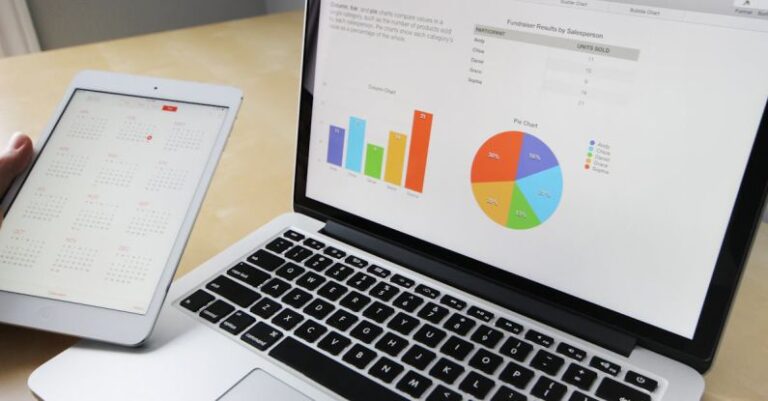
Data science has emerged as a crucial field in today’s technology-driven world, playing a pivotal role in extracting valuable insights from vast amounts of data. It combines various disciplines such as statistics, computer science, and domain expertise to analyze, interpret, and draw meaningful conclusions from complex datasets. To delve into this multidisciplinary domain, it is essential to understand the fundamentals that underpin the field of data science.
Understanding Data Science
At its core, data science involves the collection, processing, and analysis of data to uncover patterns, trends, and insights that can drive informed decision-making. It leverages techniques from mathematics, statistics, and computer science to extract knowledge from structured and unstructured data. Data scientists utilize a blend of programming skills, domain knowledge, and analytical tools to derive actionable insights from data sets of varying sizes and complexities.
Exploring Data Collection and Preparation
One of the fundamental aspects of data science is data collection and preparation. This phase involves gathering relevant data from various sources, such as databases, APIs, sensors, or online platforms. The quality of the data plays a significant role in the accuracy and reliability of the insights derived from it. Data preprocessing is another critical step where data is cleaned, transformed, and organized to make it suitable for analysis. Handling missing values, removing duplicates, and normalizing data are essential tasks in this phase.
Unveiling the Power of Data Analysis
Data analysis lies at the heart of data science, encompassing techniques to explore, visualize, and model data. Descriptive statistics provide a summary of the data, highlighting key characteristics and trends. Exploratory data analysis involves visualizing data through graphs, charts, and plots to gain insights into patterns and relationships. Statistical modeling techniques, such as regression and classification, are used to make predictions and decisions based on data patterns. Machine learning algorithms play a crucial role in building predictive models that can learn from data and make accurate forecasts.
Embracing Machine Learning and Artificial Intelligence
Machine learning is a subset of artificial intelligence that enables systems to learn from data and improve performance over time without being explicitly programmed. Supervised learning involves training a model on labeled data to make predictions, while unsupervised learning discovers patterns and relationships in unlabeled data. Deep learning, a branch of machine learning inspired by the structure and function of the human brain, has revolutionized tasks such as image recognition, natural language processing, and speech recognition.
Harnessing the Power of Big Data and Data Visualization
Big data refers to large and complex datasets that traditional data processing applications are unable to handle. Data scientists leverage technologies such as Hadoop and Spark to process, store, and analyze massive volumes of data efficiently. Data visualization is a powerful tool that helps communicate insights effectively through charts, graphs, and dashboards. Visual representations of data make it easier to identify trends, outliers, and patterns that may not be apparent from raw data.
Applying Domain Knowledge and Communication Skills
Domain expertise plays a crucial role in data science, as understanding the context and nuances of the data is essential for deriving meaningful insights. Data scientists work closely with domain experts to interpret results in the context of the business or industry. Effective communication skills are also vital for data scientists to convey complex findings in a clear and concise manner to stakeholders, decision-makers, and non-technical audiences.
In conclusion, mastering the fundamentals of data science is essential for unlocking the potential of data and driving data-driven decision-making in various domains. By understanding data collection, analysis, machine learning, big data, and communication skills, data scientists can harness the power of data to extract valuable insights and drive innovation. The interdisciplinary nature of data science makes it a dynamic and evolving field with vast opportunities for those willing to delve into the world of data and analytics.





